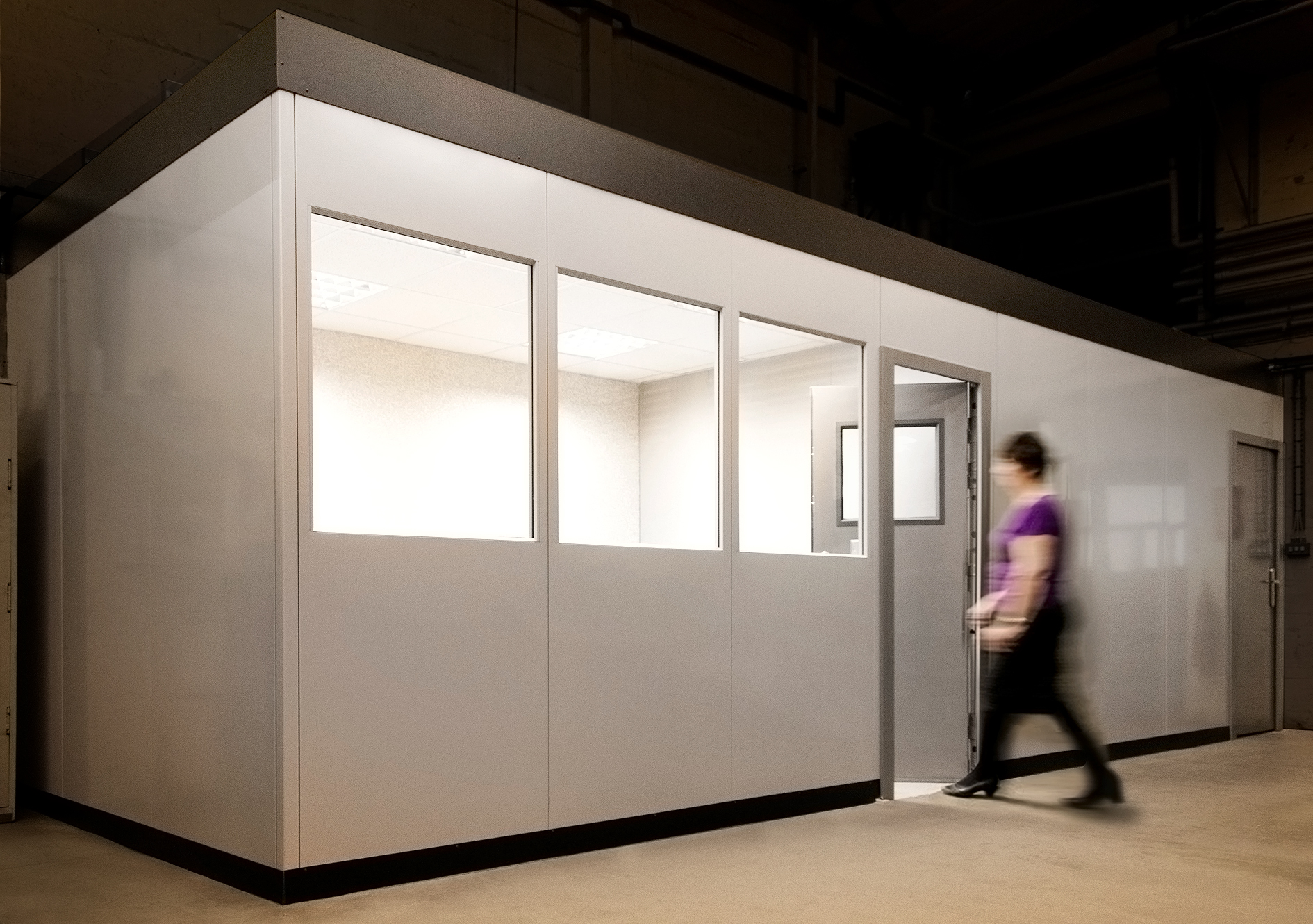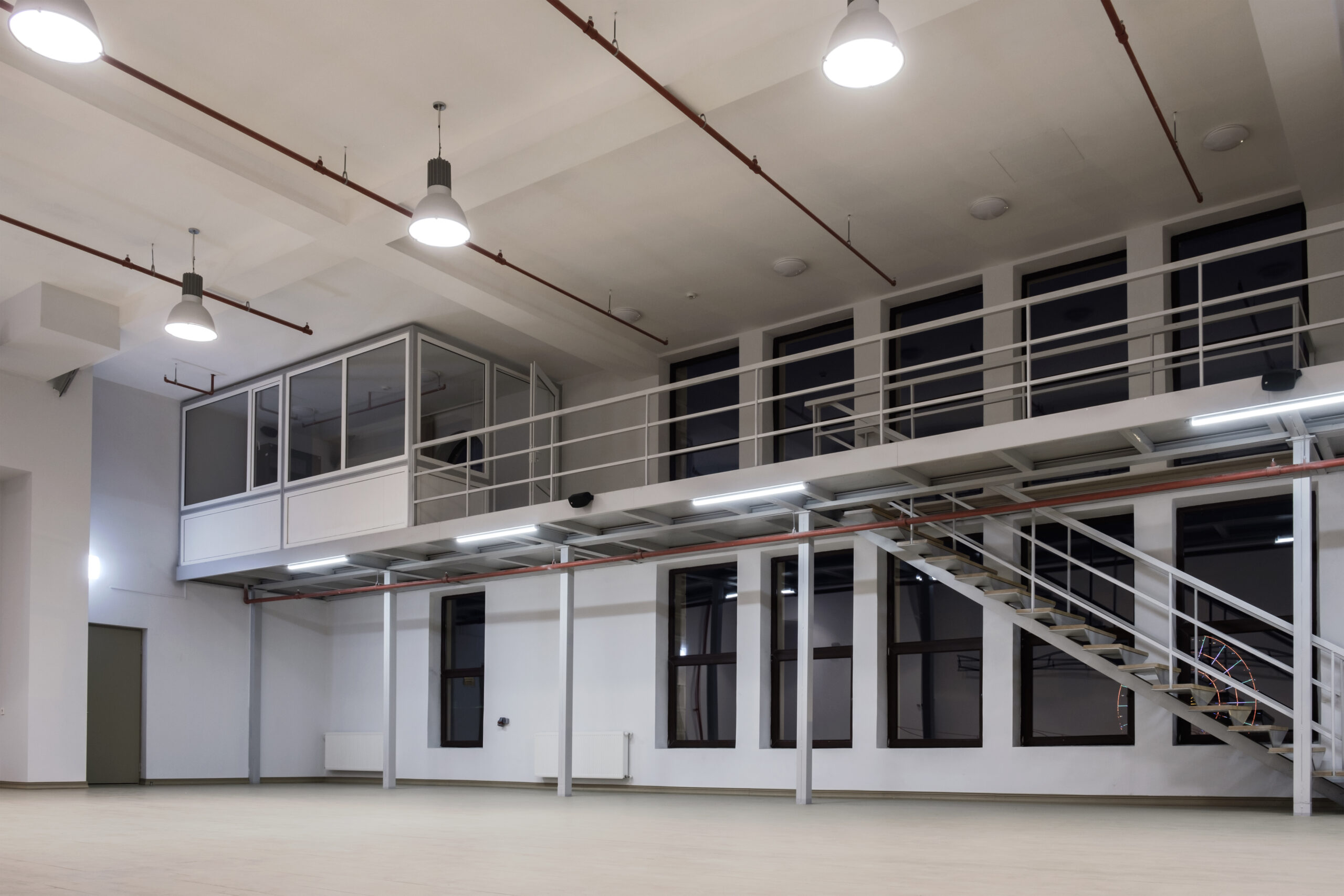The Imperative of Regular Racking Inspections
In the dynamic environment of warehouses and storage facilities, the safety and integrity of racking systems are paramount. Not only does the well-being of staff hinge on the secure operation of these storage solutions, but so too does the efficiency of operations and the protection of stored goods. Regular inspections of racking systems are not merely a recommended practice; they are a critical maintenance task that warehouses must prioritise to ensure safety, compliance, and operational continuity. This blog post explores the nuances of racking inspections, offering guidance rooted in industry best practices and regulatory standards observed in the UK.
Understanding the Significance of Racking Inspections
Racking inspections are essential for several reasons. Primarily, they serve to identify any potential issues or damages that could compromise the structural integrity of racking systems. This could include, but is not limited to, wear and tear, corrosion, impact damages, or any alterations that deviate from the manufacturer’s original design. The early detection of such problems allows for timely repairs or adjustments, thereby preventing accidents that could lead to injuries, fatalities, or significant financial losses due to damaged goods and operational downtime.
Regulatory Landscape in the UK
In the United Kingdom, the Health and Safety Executive (HSE) provides guidelines and regulations that underscore the importance of racking inspections. Adherence to the Workplace (Health, Safety and Welfare) Regulations 1992, and the Provision and Use of Work Equipment Regulations 1998 (PUWER), among others, is mandatory. These regulations stipulate that work equipment, including racking systems, must be maintained in a safe condition and that regular inspections are carried out by competent persons. The failure to comply with these regulations not only endangers staff and operations but also exposes businesses to legal and financial repercussions.

Frequency of Inspections: The Recommended Schedule
The frequency of racking inspections can depend on several factors, including the type of racking system in use, the operational environment, the volume of use, and any previous issues identified. However, as a general guideline, the following tiers of inspection are recommended:
Immediate Reporting: Staff should be trained to report any damages or concerns immediately upon detection. This culture of vigilance ensures that significant risks are addressed without delay.
Regular Visual Inspections: Weekly or monthly visual inspections by trained staff can catch early signs of wear or damage. These inspections should be documented, with records maintained for reference.
Expert Inspections: Annually, a detailed inspection should be conducted by a qualified racking inspector. This individual will have the expertise to assess the racking system comprehensively, identifying issues that may not be apparent to untrained eyes.
Preparing for Inspections
Preparation is key to effective racking inspections. Facilities should maintain an up-to-date inventory of all racking systems, including specifications, manufacturer guidelines, and any modifications made. Staff conducting regular visual inspections should be trained on what to look for, including common signs of damage or wear, and how to report their findings accurately. For annual expert inspections, clearing the area around racking systems can provide inspectors with unobstructed access, ensuring a thorough assessment.
Identifying a Competent Person for Inspections
The selection of a competent person to perform the annual detailed inspections is a critical decision that facilities must make. According to UK regulations, a competent person is someone who possesses the necessary skills, knowledge, experience, and professional qualifications to correctly assess the safety of racking systems. Often, this individual may come from an external organisation specialising in racking inspections, bringing an unbiased eye to the assessment process. The credentials of these inspectors, such as certification from recognized industry bodies, should be verified to ensure they meet the regulatory standards.
Addressing Identified Issues
Following an inspection, the competent person will provide a report detailing any identified issues, categorised by their level of risk. This categorisation typically follows a traffic light system:
- Red: Immediate action required due to significant risk.
- Amber: Action needed but not immediately dangerous.
- Green: No action needed, safe to use.
Facilities must have a clear action plan for addressing these issues, prioritising those classified as red. Repairs or replacements should be carried out by qualified personnel, following the manufacturer’s guidelines to maintain the integrity of the racking system. Post-repair inspections should confirm that the racking now complies with safety standards before being put back into use.

The Role of Technology in Racking Inspections
Advancements in technology offer new opportunities to enhance the effectiveness of racking inspections. Digital reporting tools enable inspectors to compile detailed reports that can include photographs, specific locations of identified issues, and recommended actions. These digital reports can be easily shared and stored, creating an accessible historical record of inspections and maintenance actions. Furthermore, some facilities are beginning to explore the use of sensors and IoT (Internet of Things) technology to monitor racking systems continuously. These technologies can detect and alert facilities to changes that may indicate a risk, such as unusual vibrations, shifts in weight distribution, or even environmental factors like temperature fluctuations that could affect the racking’s integrity.
Training and Awareness
Ensuring that all staff are aware of the importance of racking safety and the procedures for reporting issues is vital. Regular training sessions can help foster a culture of safety, emphasising the role that each employee plays in maintaining a safe working environment. These training programs should cover the basics of racking safety, the importance of load limits, and how to recognize signs of damage or wear.
Contact PD Industrial
The inspection of racking systems is a fundamental aspect of warehouse safety and operations management, requiring a structured approach that encompasses immediate reporting, regular visual checks, and detailed annual assessments by competent persons. Through adherence to regulatory requirements, the implementation of a robust inspection schedule, and the effective use of technology, facilities can ensure the longevity and safety of their racking systems. Moreover, by fostering a culture of safety and continuous improvement, businesses can protect their employees, goods, and operations from the potentially devastating consequences of racking system failures. As the warehousing and logistics sectors continue to evolve, so too will the strategies and technologies for ensuring the safety and integrity of storage solutions, making regular inspections an evergreen priority for the industry. Contact the team at PD Industrial today to find out more about our racking inspections.



